
For pure landed homeowners in Singapore, deciding whether to embark on a major Additions & Alterations (A&A) or to go for a full rebuild is not just a matter of preference—it’s a strategic decision that affects cost, timeline, design flexibility, and long-term value.
While the vision of your ideal home may be clear, the path to achieving it is often riddled with regulatory constraints, rising construction costs, and complex site conditions. This guide breaks down the key considerations to help you make a smart, well-informed decision in 2025.
Start with the Basics: What Counts as Renovation vs A&A vs Rebuild?
In Singapore, URA distinguishes these approaches clearly:
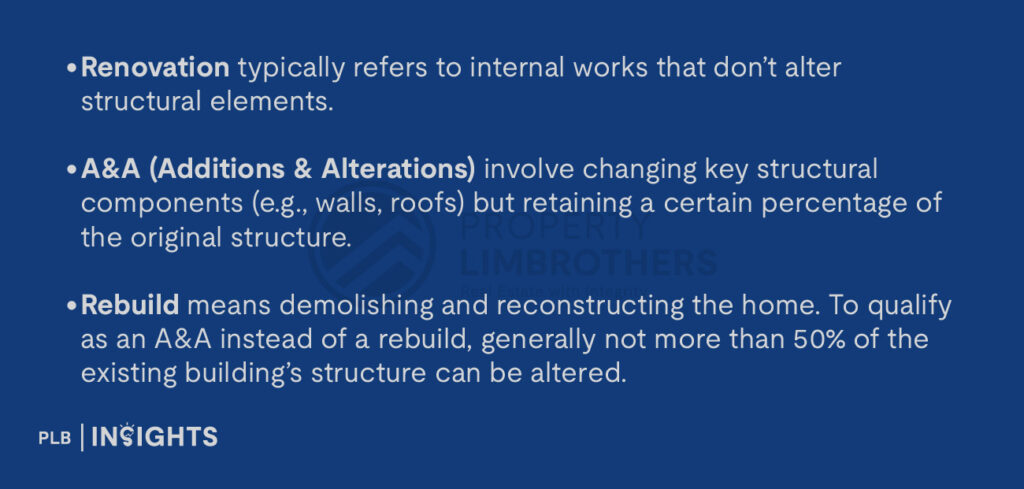
This distinction matters not just for regulatory compliance—but for cost and approval timelines.
Age and Condition of the Property: The First Deal-Breaker
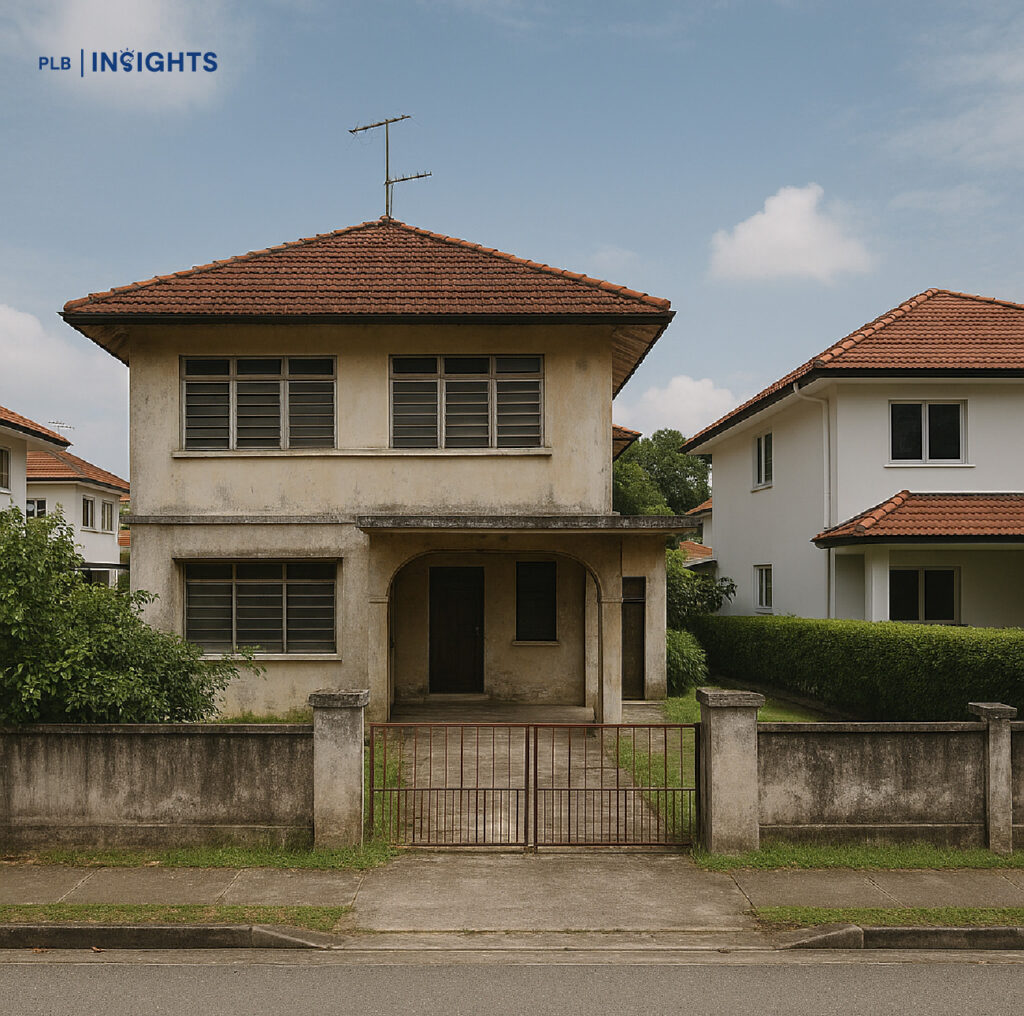
Older landed homes, especially those built before the 1990s, often face hidden risks. For example:

In such cases, even a major A&A can approach the cost of a rebuild—without offering the same design freedom.
Verdict: If your home is more than 30 years old and shows signs of structural fatigue, a rebuild may be the more cost-efficient long-term route.
What URA Allows—and What It Doesn’t
One common misconception is that all rebuilds allow for an additional floor. But in many landed zones, URA imposes strict height and envelope control guidelines.
For instance, if your plot is zoned for 2.5 storeys, you may not be allowed to go up to 3.5 storeys just because you’re rebuilding. Additionally:
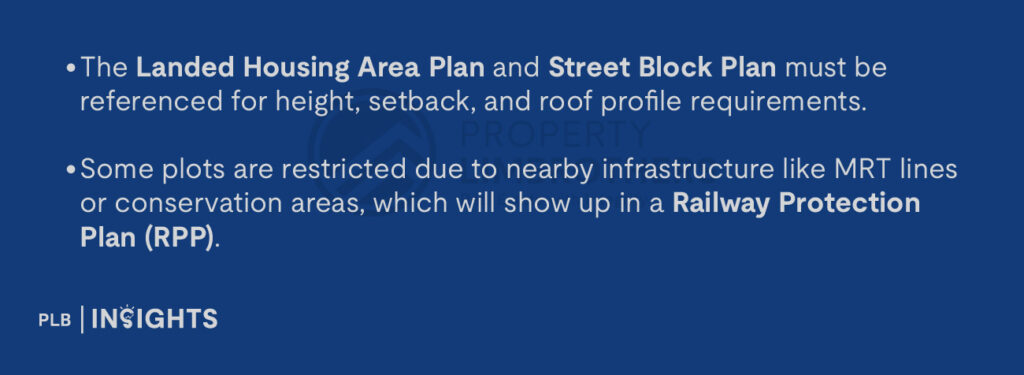
Real-life example: A homeowner in Frankel Avenue opted for a 2.5-storey A&A instead of a 3.5-storey rebuild after discovering their road line was safeguarded for future widening. A rebuild would have required surrendering land and reconfiguring the entire structure, making the A&A a more viable solution
Cost Comparison: A&A vs Rebuild in 2025
Here’s a ballpark guide, based on recent market data and industry feedback:

Note that costs vary significantly based on:

Verdict: If your target is to modernise interiors without changing the overall layout, a major A&A may deliver strong value at lower cost. But if you’re aiming for increased GFA or architectural overhaul, a rebuild makes more sense.
Timelines and Regulatory Approvals
Both options require submissions to URA, BCA, and potentially NParks, LTA, NEA, and PUB. But a rebuild triggers more regulatory hurdles:
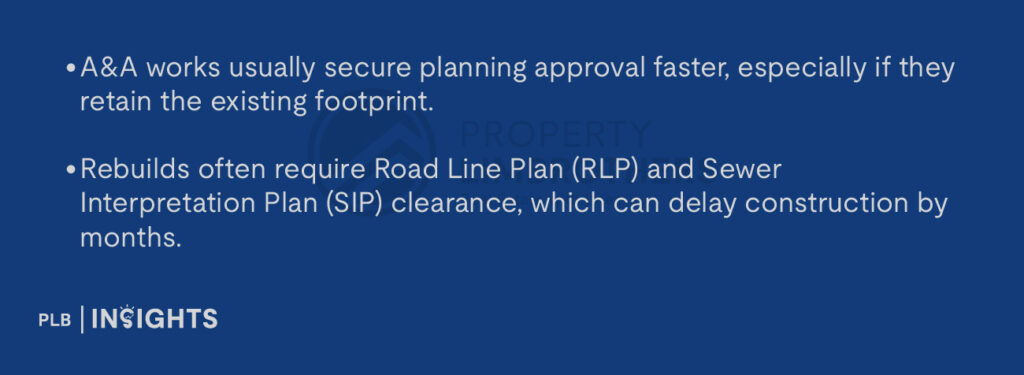
Tip: Use the INLIS platform to retrieve SIP, RLP, and Soil Strata Plans before making decisions or purchase offers.
Consider Your Long-Term Intent
Is this your forever home or a value-adding project before sale? That affects the ROI outlook.
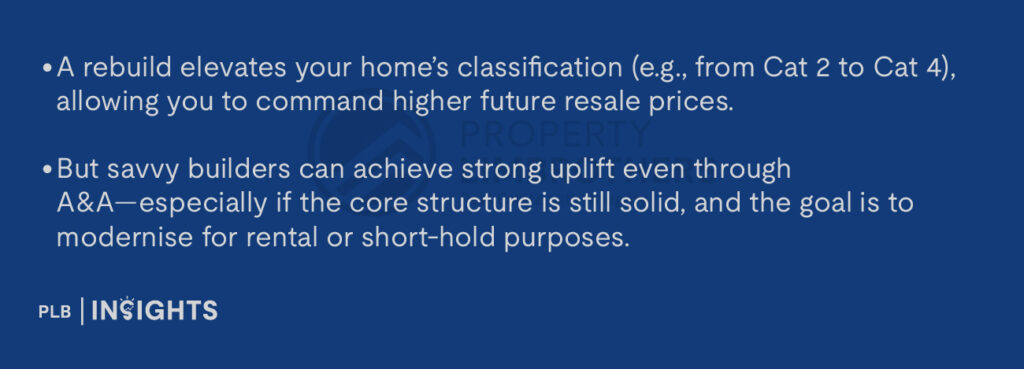
Example: In Serangoon Gardens, a family rebuilt their 1960s single-storey home into a 3-storey Category 4 residence. Although the rebuild cost exceeded $1.5M, they later resold it for over $5M—achieving a strong margin even after accounting for ABSD and renovation costs.
Design Flexibility and Lifestyle Needs
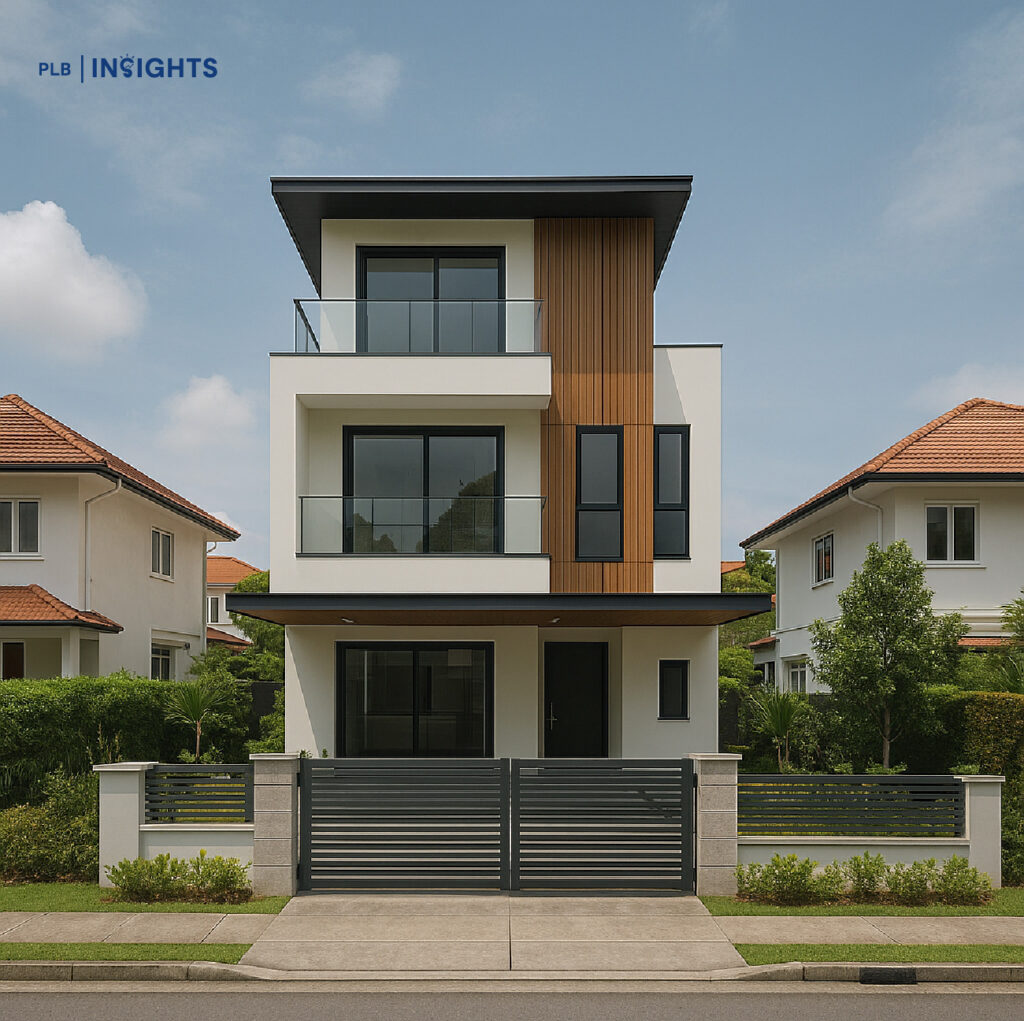
A rebuild opens up the chance to optimise your home for:

However, A&A can still allow for smart design upgrades—like converting an attic into a bedroom or adding mezzanine levels—so long as the envelope guidelines are respected.
Site-Specific Constraints You Can’t Ignore
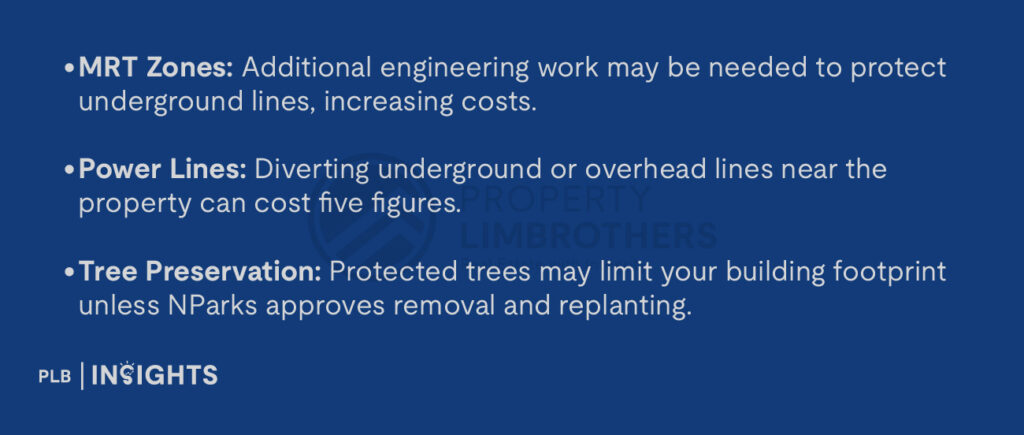
These may not make or break your rebuild—but they can seriously affect your timeline and budget.
The Middle Path: Strategic A&A That Mimics a Rebuild
Some experienced builders opt for extensive A&A works that retain just enough of the original structure (e.g., a corner wall or staircase) to qualify for A&A status. This bypasses certain approval hurdles while achieving near-total transformation.
But this path demands experienced contractors and careful URA engagement—it’s not a shortcut for the uninitiated.
Final Thoughts
When weighing up a rebuild versus a major A&A, pure landed homeowners in Singapore need to consider far more than just surface costs. The decision hinges on the age and structural condition of the home, the complexity of compliance with URA guidelines, and the regulatory clearances required. Factors such as soil condition, power infrastructure, and tree or MRT zone constraints can all influence the feasibility and budget of your plans. Equally important is your long-term vision for the property—whether it’s to live in for generations, optimise for multi-generational use, or position for future resale.
While a full rebuild offers complete design control and potentially greater resale value, a well-planned A&A may deliver better efficiency, fewer delays, and cost savings—especially if the existing structure is fundamentally sound. Either route can lead to the home you envision, but making the right call begins with a thorough assessment of your property’s potential, limitations, and your personal goals. With the right professional guidance, what starts as a practical decision can evolve into a rewarding transformation.
Have questions about whether to renovate or rebuild your landed home? Speak to our sales consultants for tailored guidance on your next move.
Thank you for reading, and stay tuned! For more detailed insights regarding the landed property market, join our Landed VIP Club and stay updated with the latest market trends and expert advice.









